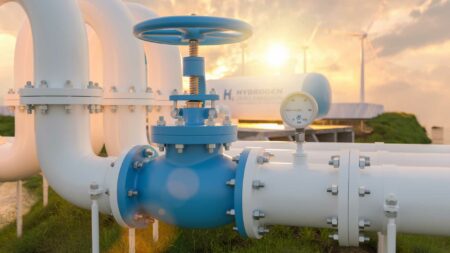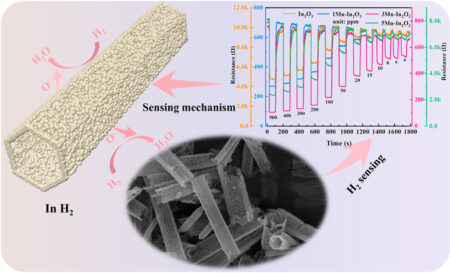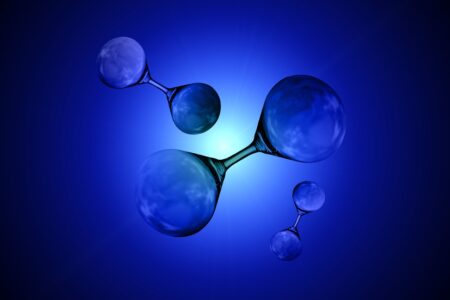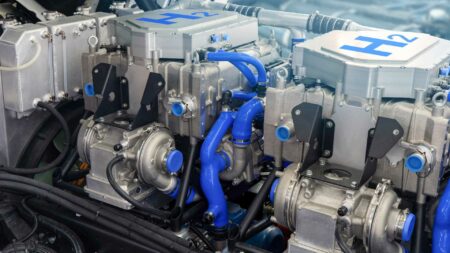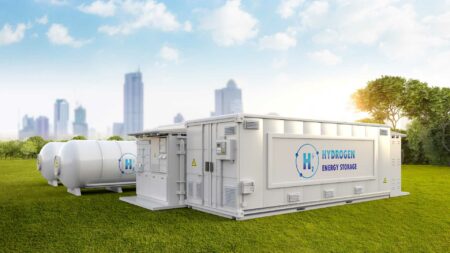The case study focused on Line 1 of the West-East Gas Pipeline.
Browsing: H2 Science
This research, published in the International Journal of Hydrogen Energy, sheds light on using Planar Laser-Induced Fluorescence (PLIF) technology to explore the dynamics of hydrogen combustion.
This cutting-edge technology employs metal-organic frameworks (MOFs)-derived manganese-doped indium oxide (In2O3) hollow nanotubes, marking a significant advancement in hydrogen detection capabilities.
Advanced CFD simulations are critical to the research, providing a high-resolution understanding of flame behavior. To decipher the interactions, the researchers carefully controlled and monitored flame parameters, including velocity, temperature distributions, and flame length.
The research focuses on modeling cryogenic hydrogen vapor clouds and analyzing how these clouds spread in different atmospheric boundary layers. The key findings highlight the significant influence of various atmospheric conditions on the behavior and dispersion of hydrogen vapor.
A recent study delves into premixed hydrogen (H2) and methane (CH4) behavior in air mixtures when subjected to narrow-space ignition conditions.
The research primarily focuses on understanding how variations in hydrogen injection pressure and timing affect exhaust emissions, mechanical vibration, and noise levels in a CI engine.
The study employs an extended Kalman filter (EKF) to estimate the oxygen concentration in the fuel cell system. These estimations allow the researchers to accurately identify and quantify the presence of hydrogen leaks.
This research offers insights into an ammonia-hydrogen mixture’s ignition and emission characteristics when assisted by a nanosecond pulsed discharge (NSPD).
The study reveals that integrating a connected cable-type channel structure within SOFCs and optimized flow field arrangements can substantially enhance the cells’ performance.


